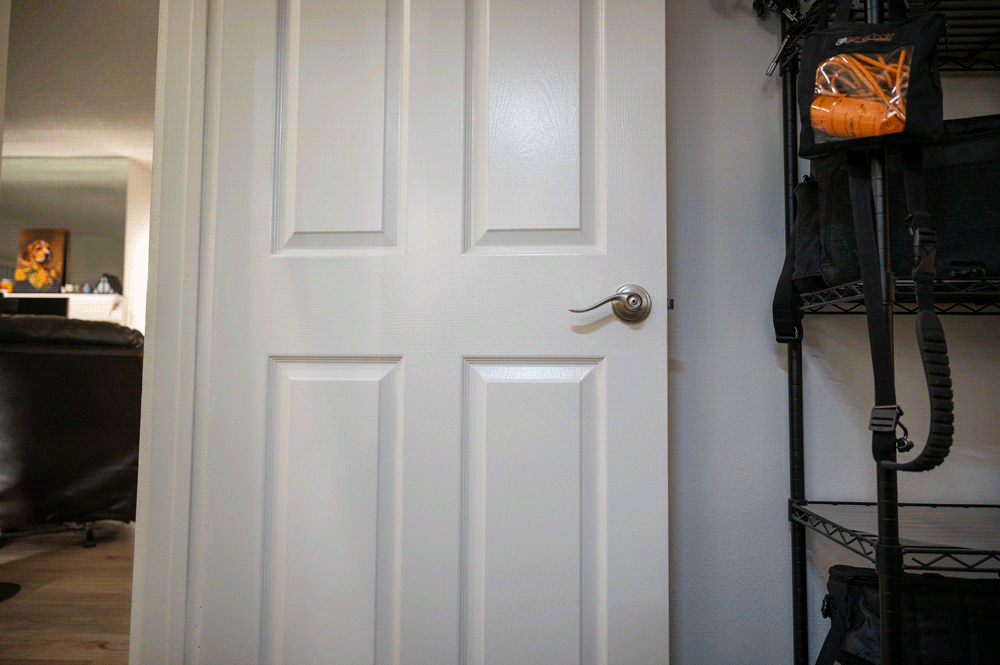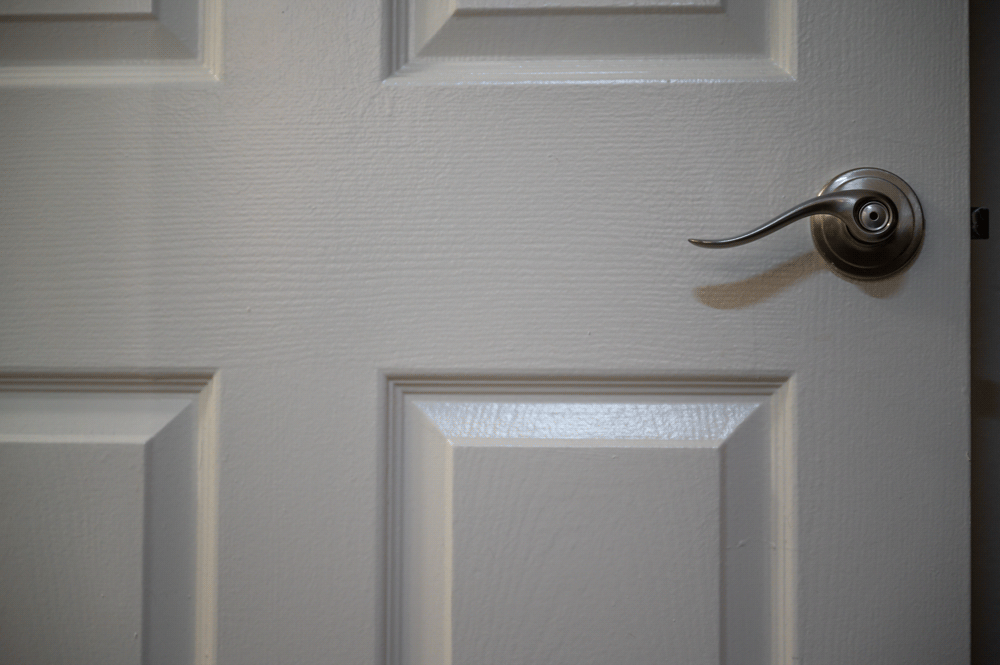Nikon Z 24-70mm f/2.8 S Lens Review: A New Benchmark
![]()
When the Z mirrorless system was first announced, Nikon swore to deliver lenses with far superior image quality and optical characteristics when compared to the DSLR F-mount siblings, and it all started with the Nikon Z 24-70mm f/2.8 S lens. Despite how good the f/4 “kit” version performed compared to the F-mount version, the $2,295 24-70mm f/2.8 S lens might be one of the best 24-70mm lenses ever made.
Most people will agree that the 24-70mm lens (36-105mm on a crop/DX format) is one of the biggest workhorses of any photographer’s toolkit because it provides a decent wide-angle to telephoto zoom range that is suitable for a plethora of photographic styles and needs. That includes everything from landscape, to product, to portrait work all in one lens. Thanks to the consistent f/2.8 aperture, the lens is the central core of the “holy-trinity” workhorse lenses and is often described as the ideal “desert island” lens.
With Nikon’s initial laser focus on getting professionals to move to the mirrorless system, the S-lens had to outperform its existing rivals. While it may be one of the most expensive lenses of its focal lengths on the market, it comes loaded with some of the best-performing specifications to make the price more than worth it.
Build Quality and Design
The Z 24-70mm f/2.8 S lens is bigger, faster, and heavier than the f/4 version for the mirrorless system, but is still smaller (one inch) in length than the F-mount sibling making it much more portable and easier to pack when traveling. It features 17 elements in 15 groups that include two extra-low dispersion elements (ED) and four aspherical elements as well as nine rounded blades and a focal range of f/2.8 to f/22. The lens has an extra customizable control ring and button to allow for fast changes of multiple settings and modes without having to take the camera away from your eyes. Additionally, the lens also includes a small OLED information display on the barrel of the lens that can be cycled through several information displays including focal length, focus distance, and aperture.
![]()
The 24-70mm f/2.8 S measures about five inches long with a barrel diameter of about 3.5 inches across, with a weight of about 805 grams. While not exactly small, it is one of the lightest and smallest 24-70mm f/2.8 lenses for mirrorless cameras as a whole. The focus ring sits at the front of the barrel with the zoom ring seated directly behind it (just above the OLED display). All three of the rings adjust smoothly with little to no drifting present due to the overall “stiffness” of the rings making precise adjustments for zoom and focus incredibly easy to achieve.
![]()
The focus ring is worth noting as it features a speed-sensitive system, meaning moving it slowly will allow for incredibly precise micro-adjustments while turning the ring quickly will snap the focus from one extreme to the other with very minimal movement. This is kind of great when shooting for stills, but can be a bit of a pain for focus pulling when working in video using this particular lens.
![]()
The programmable L-Fn button sitting next to the Display mode button can be set through the camera’s menu system to include autofocus lock, subject tracking, playback of images, and many more options making it easier to focus through the lens rather than battling through touch screen menus while on the job. Personally, I tend to set the L-fn button for tracking modes and the control ring for ISO adjustments. Finally, at the very base of the lens is a switch for quickly changing between manual and autofocus modes.
![]()
The 24-70mm f/2.8 S lens is fully weather-sealed to protect against dust and moisture with seals on the base, control rings, buttons and switches, as well as each joint between components. The only thing that is arguably missing from this particular lens is a built-in vibration reduction (VR) system. While it is by no means a dealbreaker as the professional Z mirrorless bodies all have built-in image stabilization that works incredibly well, it would have been nice to have the few extra steps of VR for working in extremely low light situations that event photographers often find themselves in.
![]()
![]()
Another nice feature of the 24-70mm f/2.8 S lens is the fluorine-coated front and rear lens elements for dust, moisture, smudge, and fingerprint resistance as well as a felt-coated lens hood to help shield the lens from light leaks and prevent any flaring. Finally, for the people looking to use filters with the system, the all-purpose lens comes with an 82mm thread size for screw-in filters.
![]()
![]()
The bottom line here is the lens is pretty much built like a tank, and even though it is heavier than the f/4 sibling, that doesn’t really affect how it feels to use it. Over the last few months, I’ve used this lens for everything from shooting auto shows, comic-cons, weddings, fashion images, product photos for advertising, and astrophotography, as well as landscape, street, and candids.
Image Quality and Performance
The 24-70mm f/2.8 S is one of the sharpest and cleanest lenses the company has ever made, consistently outperforming all of its siblings as well as most competing lenses (according to DXOMark). The lens itself has a close-focus distance of 15 inches (0.37 meters) and has a magnification of 1:4.2 in manual focus at 70mm, meaning it can not only work great as an every day and general-purpose lens but can also be used to capture great product/food/beverage images with very impressive sharpness.
![]()
The autofocus with this lens has been incredibly impressive. It employs a new multi-focus system that behaves in a similar way to the Sony G Master lenses by using multiple autofocus motors and groups to improve the system’s performance. The difference with Nikon is it uses two stepper motor actuators to move the two focus groups at the same time. This seems to make the system incredibly quiet and more accurate, however, it does often feel like it takes slightly longer to go from out of focus to focused on your subject as compared to the f/4 version or even the F-mount DSLR versions.
Despite how sharp the lens is overall, the distortion is still slightly noticeable if you do not enable the Distortion Correction and Vignette Removal in the camera (or via a lens profile in Photoshop/Lightroom). By default, the Nikon Z system seems to automatically apply the lens profile corrections directly to the RAW files when imported by Adobe. But having manually disabled and re-enabling those settings for a few images, (see the gifs below) you can see the differences between the profiles being on and off.


As far as image sharpness goes, subjects are consistently and impressively sharp in the center zone of the lens no matter what focal length is used, but the corners do get a bit soft when you shoot wide open. Once you step down to f/5.6, the edge-to-edge sharpness is almost perfect with next to no visible vignetting or distortion present at all.
![]()
The bokeh when shooting wide open is nice and smooth, and it is a massive improvement over the f/4 version, but there can be occasional “cat-eye” type bokeh patterns that show up when there is a busy background in the out-of-focus zones near the edges of the frame. This pattern may not be a big deal or even pleasing to some, but for me, I prefer my bokeh patterns to be a little more consistent. Even with that gripe, the lens can create some pretty stellar bokeh throws.
![]()
Thankfully due to the lens design, there are practically no issues at all concerning lens flare, chromatic aberration, or ghosting. Over the course of months of using the lens for multiple projects, everything was very well controlled and I haven’t had any shots that were “throwaways” due to this possible issue.
Below are a series of photos across a range of disciplines that I’ve captured with the Nikon 24-70mm f/2.8 S, which shows its versatility.
![]()
![]()
![]()
![]()
![]()
![]()
![]()
![]()
![]()
![]()
![]()
![]()
![]()
![]()
![]()
![]()
![]()
![]()
![]()
![]()
![]()
![]()
![]()
![]()
![]()
![]()
![]()
![]()
![]()
![]()
A Superior Successor to a Legendary F-Mount Lens
With the release of the Z 24-70mm f/2.8 S, Nikon has given its mirrorless users a bigger, sharper, and better weather-sealed version of its f/4 sibling that is still smaller than most other mirrorless lenses of its class. While the cost is significantly higher than the f/4 version and it arguably focuses a little slower than the DSLR F-mount version, it is still more than worth what you get in return, especially if you already have the 14-24mm and 70-200mm Z mount lenses to complete the trinity.
![]()
The 24-70mm f/2.8 S is an amazing lens that truly is the successor to its DSLR predecessor with outstanding sharpness, clarity, bokeh, and close-up performance. It is among the smallest and lightest lenses of its class, has incredible weather sealing, and is far and away the best 24-70mm f/2.8 lens that Nikon has ever produced.
Are There Alternatives?
![]()
As I mentioned already, within the Nikon lineup there are several alternatives including the $2,096 DSLR 24-70mm f/2.8 ED-IF VR (with FTZ adapter) which is bigger and heavier, the $997 Z 24-70mm f/4 S kit lens which is smaller and lighter, but you lose the additional controls, extra aperture range, as well as several other features. There is also the $1,196 Z 28-75mm f/2.8 lens that is an affordable alternative if you are okay with slightly lesser image quality and a different focal range.
Outside of Nikon, there are a few other third party DSLR lenses like the $1,199 Tamron SP 24-70mm f/2.8 Di VC USD G2 and the $1,299 Sigma 24-70mm f/2.8 DG OS HSM Art Lens, both of which will require using the FTZ adapter.
Should You Buy It?
Yes. The Nikkor 24-70mm f/2.8 S lens is more than worth the investment and is an absolute workhorse of a lens.